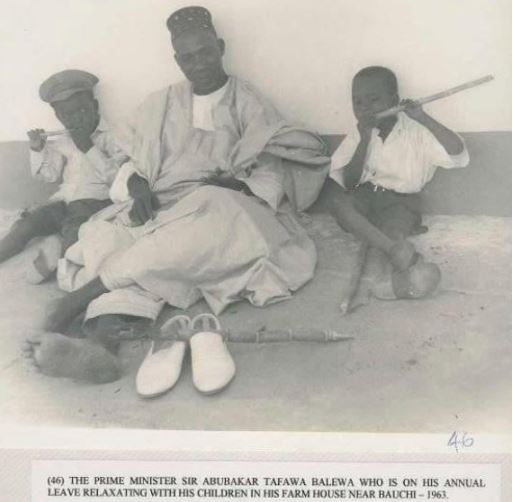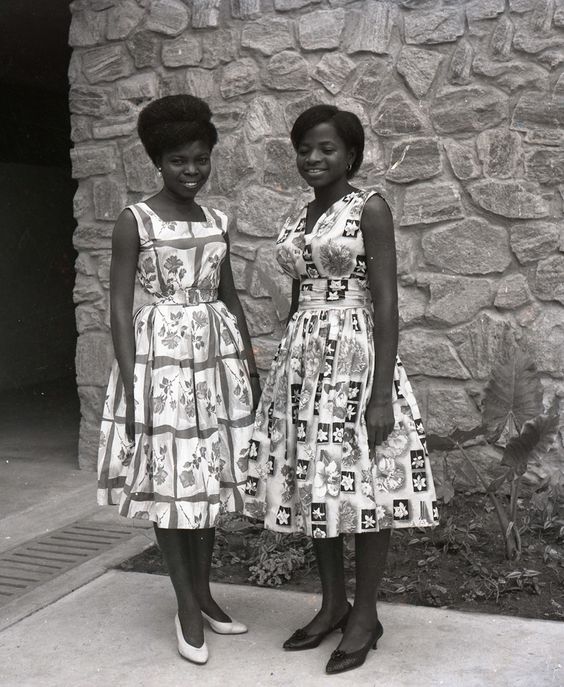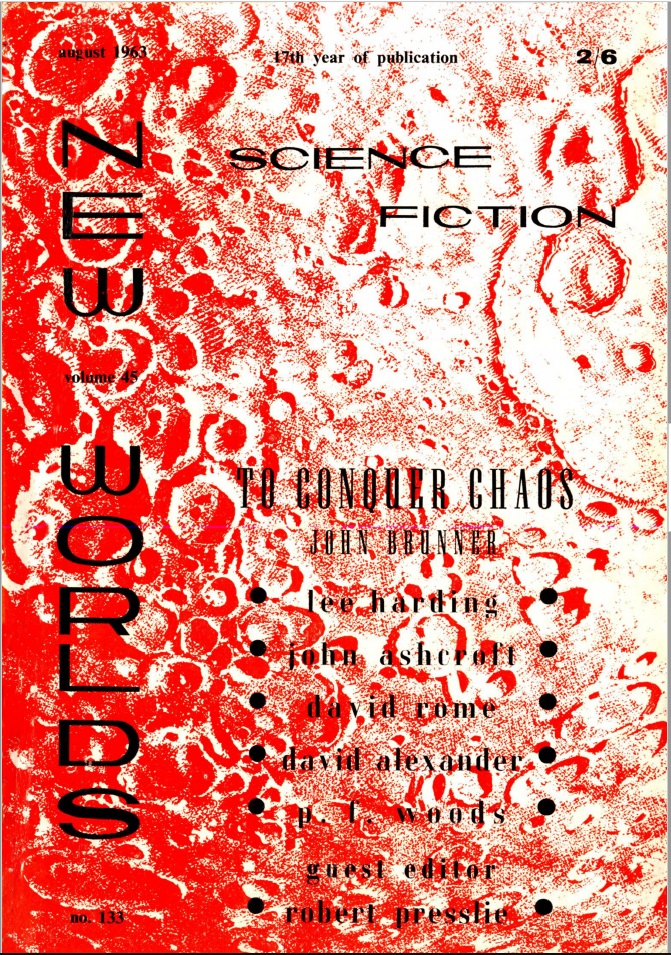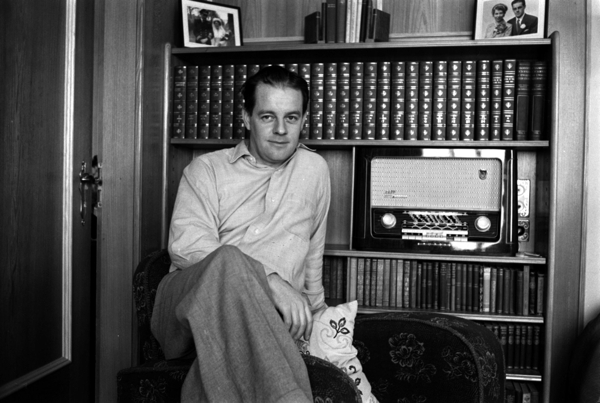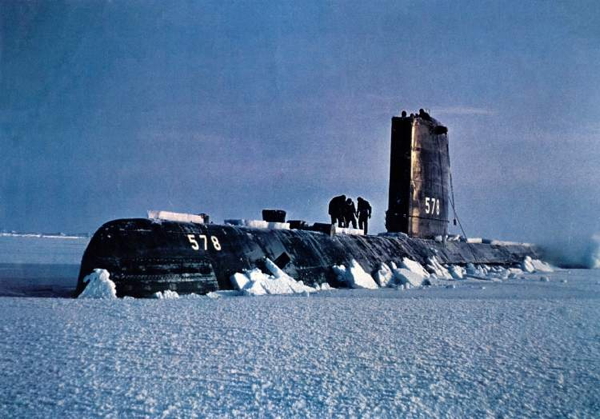
by Rosemary Benton
Whenever we read the newspaper, listen to the radio or watch Walter Cronkite's trustworthy complexion on CBS, we are looking for answers to some very basic but very important questions that will help us break down and normalize that which we don't understand. In much of science fiction, that which we don't understand comes hurtling at us because some dramatic change and the utterly unearthly have collided. In equal parts fear and curiosity the characters react, but ultimately and almost unerringly, logical thinking and scientific reasoning are then able to parse out what the characters should do in reply.

But what if the shift in humanity's daily life is beyond explanation, bordering on paranormal? And what if the alien force that is bringing about that change is so far removed from known biology that it appears extra-dimensional? Daniel F. Galouye's new book, Lords of the Psychon, takes the reader to that terrifying reality with an invader that is unnervingly simple – a large, floating, metallic sphere – and their mission which can be surmised as absorbing compatible human minds and letting the rest die in the grip of mind shredding madness.

As the last aging remnants of humanity squeak out an agrarian living in sporadic villages, the remaining ranks of the US military are trying everything to disrupt the geometric cities made of “pink stuff" that are growing like tumors all over the Earth. There is little to nothing known about the aliens save for odd ritualistic behavior, namely The Selection, The Chase and Horror Day.

The free moving agents of these alien city structures, fittingly named Spheres, are regarded with terror. Not only will they defend themselves with bolt of electricity if intercepted, but they are seen as the harbingers of death. Seemingly at random, a person will be selected by a Sphere for absorption. The Sphere will proceed to hover slowly after them until it has driven them to exhaustion or death. What happens once the victim passes through the floating orb and reemerges a corpse is unknown. If the Spheres, the expanding cities, and the annual occurrence of Horror Day can not be stopped then humanity will be completely hunted down or driven mad within a few decades. But how do you fight an enemy that seems to be capable of warping the very fabric of reality?

Like H. P. Lovecraft, Galouye's signature style for science fiction leans heavily on pitting humans against a threat that can weaponize the evolutionarily lacking perceptions of humanity. In his previous novel Dark Universe (1961), it is reasoned that an underground-dwelling humanity would have no use for sight and instead perfect their sense of smell, touch and hearing to compensate for the loss of sight. Predators, both animal and competing branches of humanity with evolutionarily adventitious infrared perception, could gain an upper hand on distracted, sightless humans. But a human who had plenty of experience listening, feeling and tasting the air of the world around them could adapt to better survive.

In both Lords of the Psychon, as well as the short story that spawned it, The City of Force (Galaxy, 1959), a humanity that hasn't the innate mindset and will to manipulate the structural substance called “pink stuff" or “psychon" is powerless to stop an entity that is so far evolved beyond physical form that it can traverse space and dimensions. It is via self administered meditation and strict perception training that this difficult task can be achieved, and while not everyone who manipulates the psychon does so exceptionally well, their alternative option is too dire to leave much of a choice.
This story progression through learning and self education is an aspect of Lords of the Psychon that is very true to Galouye's style. In any of his writing Galouye does not initially arm his characters with much innate experience and knowledge. In the very first chapter of Lords of the Psychon we follow Jeff Maddox and his team into an alien “City of Force" on a self described suicide run to desperately try and do something to damage the aliens. The language and brevity of sentence structure only serves to drive home the desperation of the situation and how little they know compared to the knowledge they will need to again:
“On the Eve of Horror Day, 1993, Geoffrey Maddox, Captain, USA, lead a suicide detail from Headquarters, Third Army."
Some authors would have their protagonists win the day through cleverness, observation, and scientific evidence, and to be sure Jeff Maddox and the young lady, Eddie, do employ this formula for success against their alien invader. But it is due to not just cleverness, but an unmatched, almost panicked dash to save the human species that allows Galouye's protagonists to methodically gather information so that they may teach themselves how to stave off extinction. Galouye's message is clear – adapt or perish.
His progress in emotionally manipulating his readers is far reaching, even in his characterization. Jess Maddox makes a much more likable, empathetic and individualized protagonist over Jared from Dark Universe. Likewise, Eddie is a much more logic-driven, quirky but intense personality than Jared's betrothed, Della. But it is that specific flavor of almost-defeat and near panic that Daniel F. Galouye is cultivating which is making his work consistently worth reading. It thrums beneath Lords of the Psychon and I hope to see it again in his next book. As an example of the author's improvement as a writer, Lords of the Psychon shows a bright future for Galouye, especially if he keeps up with the speed at which he is currently writing.
Four and a half stars.
















